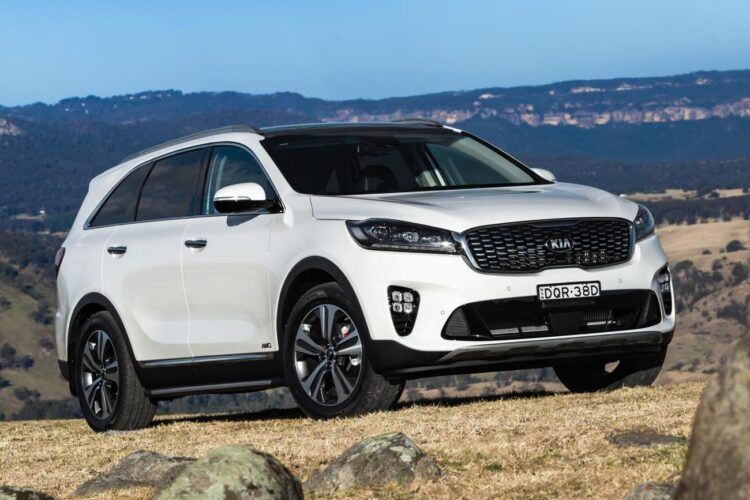Cars have come a long way since their invention in the late 19th century. From the first gasoline-powered vehicle to the modern-day marvels we see on the road today, the evolution of cars has been nothing short of remarkable. In this article, we will take a closer look at the history of cars and how they have evolved over time.
The Birth of Cars
The first gasoline-powered vehicle was invented by Karl Benz in 1885. The three-wheeled vehicle was powered by a single-cylinder engine and had a top speed of 10 miles per hour. This invention paved the way for the modern automobile, and soon other inventors were working on their own versions of the car.
In 1908, Henry Ford introduced the Model T, which was the first car to be mass-produced on an assembly line. This made cars more affordable for the average person and helped to popularize them.
The Rise of Luxury Cars
In the 1920s and 1930s, luxury cars became popular among the wealthy. These cars were often custom-built and featured luxurious interiors and powerful engines. Some of the most famous luxury car brands from this era include Rolls-Royce, Bentley, and Cadillac.
During this time, cars also became more aerodynamic, which helped to increase their speed and fuel efficiency. This was due in part to advancements in technology, such as wind tunnels, which allowed designers to test the aerodynamics of their cars.
The Age of Muscle Cars
In the 1960s and 1970s, muscle cars became popular among car enthusiasts. These cars were known for their powerful engines and sleek designs. Some of the most famous muscle cars from this era include the Ford Mustang, Chevrolet Camaro, and Dodge Charger.
Muscle cars were also popular in drag racing, which became a popular sport during this time. Many car manufacturers began to produce high-performance versions of their cars to appeal to this market.
The Era of Electric and Hybrid Cars
In recent years, there has been a growing interest in electric and hybrid cars. These cars are powered by electricity or a combination of electricity and gasoline, which makes them more environmentally friendly than traditional gasoline-powered cars.
Electric cars have been around since the early 1900s, but they have only recently become more popular due to advancements in battery technology. Some of the most popular electric cars on the market today include the Tesla Model S, Nissan Leaf, and Chevrolet Bolt.
Hybrid cars, which combine an electric motor with a gasoline engine, have also become more popular in recent years. These cars offer improved fuel efficiency and reduced emissions compared to traditional gasoline-powered cars. Some of the most popular hybrid cars on the market today include the Toyota Prius, Honda Insight, and Ford Fusion Hybrid.
The Future of Cars
As technology continues to advance, it is likely that cars will continue to evolve. One area of focus is autonomous driving technology, which would allow cars to drive themselves without the need for a human driver. This technology is already being tested by companies such as Google and Tesla.
Another area of focus is alternative fuels, such as hydrogen fuel cells and biofuels. These fuels offer a more sustainable alternative to gasoline and diesel and could help to reduce greenhouse gas emissions.
In conclusion, cars have come a long way since their invention in the late 19th century. From the first gasoline-powered vehicle to the modern-day marvels we see on the road today, the evolution of cars has been nothing short of remarkable. As technology continues to advance, it is likely that cars will continue to evolve and become even more advanced in the future.



